Description
Familiarity with treatment
Power-Assisted Liposuction (PAL) is a modern liposuction technique that utilizes a vibrating handpiece and cannula to enhance the traditional liposuction method. The handpiece drives the cannula back and forth at a rapid rate, breaking up unwanted fat cells without the addition of heat. This vibrating motion makes the procedure faster, more efficient, and less traumatic to surrounding tissues compared to traditional liposuction techniques 1.
The procedure begins with the administration of anesthesia, typically general anesthesia, to ensure the patient’s comfort throughout the surgery. Once the patient is properly anesthetized, the surgeon makes small incisions in the targeted areas. The vibrating cannula is then inserted through these incisions and moved back and forth to break up the fat cells. The loosened fat cells are then suctioned out of the body using a specialized vacuum device.
Power-Assisted Liposuction is known for its benefits, including reduced surgeon fatigue, shorter procedure time, and less time under anesthesia for the patient. The use of the vibrating cannula allows for more precise and thorough fat removal, resulting in improved contouring and body sculpting outcomes. Additionally, PAL does not involve the generation of heat, eliminating the risk of thermal damage to the surrounding tissues 1 2.
The procedure is generally well-tolerated by patients, with less post-operative discomfort compared to other liposuction techniques. The recovery process may vary depending on the extent of the procedure and individual healing factors. However, patients typically experience less downtime and faster recovery with PAL. The intact fat cells removed during PAL can also be used for fat transfer procedures if desired 2 3.
Who is it suitable for?
Power-Assisted Liposuction (PAL) is suitable for individuals who have exercise and diet-resistant fat deposits. It is an ideal option for those who want to eliminate localized accumulations of excess fatty tissue that remain resistant to traditional weight loss methods. PAL can be used for body contouring and body sculpting, helping to improve the overall shape and proportions of the body.
Who is it not suitable for?
Power-Assisted Liposuction (PAL) is not suitable for individuals who are at an unhealthy or unstable weight or those with poor skin laxity. It is important for candidates to have realistic expectations and understand that PAL is not a weight loss procedure but rather a method to enhance body contours and remove stubborn fat deposits.
Advantages
Power-Assisted Liposuction (PAL) offers several advantages over traditional liposuction techniques. Here are some of the key benefits:
Efficiency and Speed: PAL has been shown to be superior in the ease and speed of fat extraction compared to traditional liposuction. It allows for faster healing and recovery time for patients and shorter procedure times with less surgeon fatigue 1.
Precise and Thorough Fat Removal: The vibrating handpiece and cannula used in PAL break up fat cells more effectively, allowing for more precise and thorough fat removal. This can result in improved body contouring outcomes.
Reduced Risk of Thermal Damage: Unlike some other liposuction techniques, PAL does not involve the addition of heat. This eliminates the risk of thermal damage to the surrounding tissues, making it a safer option 2.
Less Post-operative Discomfort: PAL is generally associated with less post-operative discomfort compared to other liposuction techniques. This can contribute to a more comfortable recovery process for patients.
Enhanced Results: PAL can lead to enhanced results due to its ability to remove more fat in a shorter period of time. This can help achieve the desired body shape and contour more effectively.
Faster Recovery: PAL is known for its faster recovery time compared to traditional liposuction. The reduced trauma to the tissues and more efficient fat removal contribute to a quicker healing process for patients 3.
Cost-Effectiveness: Power-Assisted Liposuction tends to be more affordable than other types of body contouring procedures, such as tummy tucks or arm lifts. This makes it an attractive option for those looking for a more cost-effective way to achieve their desired body shape 4.
Complications
Power-Assisted Liposuction (PAL) is generally considered a safe procedure with a low risk of complications. However, as with any surgical procedure, there are some potential risks and complications associated with PAL. Here are some of the complications that may occur:
Bleeding: PAL, like any liposuction technique, carries a risk of bleeding. While surgeons take precautions to minimize bleeding during the procedure, excessive bleeding may occur in rare cases.
Infection: Infection is a potential risk after any surgical procedure, including PAL. Surgeons take measures to reduce the risk of infection, such as administering antibiotics and maintaining sterile conditions during the surgery.
Fluid accumulation: Following PAL, fluid may accumulate in the treated area, leading to swelling and discomfort. This is a common occurrence and can be managed with proper post-operative care.
Skin irregularities: In some cases, PAL may result in uneven or irregular skin contours. This can occur if the fat is not removed evenly or if the skin does not contract uniformly after the procedure.
Numbness or changes in sensation: Temporary numbness or changes in sensation may occur in the treated area. This is usually temporary and resolves over time as the nerves heal.
Scarring: PAL involves small incisions, which may result in minimal scarring. However, the incisions are typically small and strategically placed to minimize visible scarring.
Asymmetry: There is a slight risk of asymmetry in the treated area, where one side may appear different from the other. Surgeons take precautions to ensure symmetry, but individual healing and factors can contribute to slight variations.
Previous care
The previous care of Power-Assisted Liposuction (PAL) typically involves the following:
Ideal Candidate Selection: PAL is most suitable for individuals who are within 30% of their ideal weight and have small pockets of pinchable fat that resist diet and exercise. Good skin elasticity is also important to ensure that the skin can snap back post-op.
Consultation with a Plastic Surgeon: It is crucial to consult with a qualified plastic surgeon who specializes in PAL to determine if you are a suitable candidate for the procedure. The surgeon will evaluate your medical history, assess your goals, and discuss the potential risks and benefits of PAL.
Pre-operative Instructions: Prior to the procedure, your surgeon will provide specific pre-operative instructions. These may include avoiding certain medications, quitting smoking, and fasting for a certain period before the surgery.
Anesthesia Administration: PAL is typically performed under general anesthesia to ensure your comfort throughout the procedure. The anesthesia will be administered by an anesthesiologist or a certified nurse anesthetist.
Procedure Execution: During the PAL procedure, the surgeon will make small incisions in the targeted areas and use the vibrating handpiece and cannula to break up and remove the unwanted fat cells. The surgeon will follow established techniques and protocols to ensure the safety and effectiveness of the procedure.
Post-operative Care: After PAL, you will be provided with specific post-operative care instructions. This may include wearing compression garments to reduce swelling, taking prescribed medications for pain management, and following a healthy diet and exercise regimen to maintain the results.
Aftercare
The aftercare following Power-Assisted Liposuction (PAL) typically includes the following:
Compression Garments: You will be instructed to wear compression garments, such as a compression garment or elastic bandages, to help reduce swelling and support the healing process. These garments help to contour the treated areas and promote proper skin retraction.
Pain Management: Your surgeon may prescribe pain medication to manage any discomfort or pain you may experience after the procedure. It is important to follow the prescribed dosage and instructions for pain management.
Activity Restrictions: You will be advised to avoid strenuous activities and exercise for a certain period of time to allow your body to heal properly. Your surgeon will provide specific guidelines on when you can gradually resume normal activities.
Follow-up Appointments: It is important to attend all scheduled follow-up appointments with your plastic surgeon. These appointments allow your surgeon to monitor your healing progress, address any concerns, and provide further instructions for your recovery.
Hygiene and Wound Care: Your surgeon will provide instructions on how to care for the incision sites and manage any drainage or bruising. It is important to keep the treated areas clean and follow the recommended wound care practices to minimize the risk of infection.
Healthy Lifestyle: Maintaining a healthy lifestyle, including a balanced diet and regular exercise, can help optimize your results and promote overall well-being. Your surgeon may provide specific dietary and exercise recommendations to support your recovery and long-term outcomes.
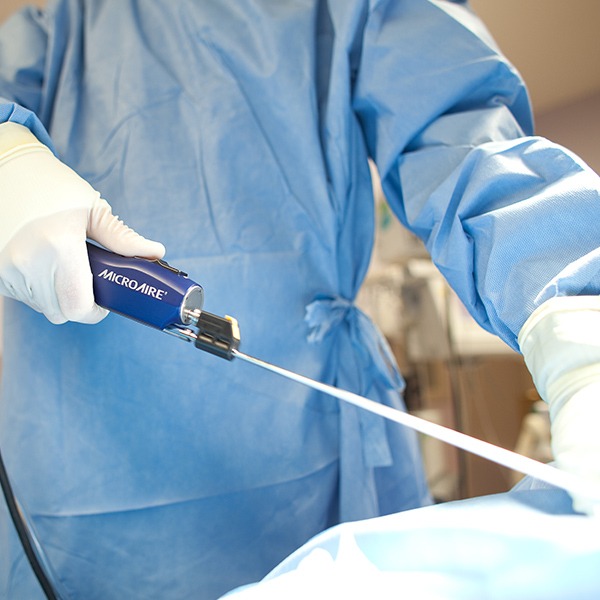
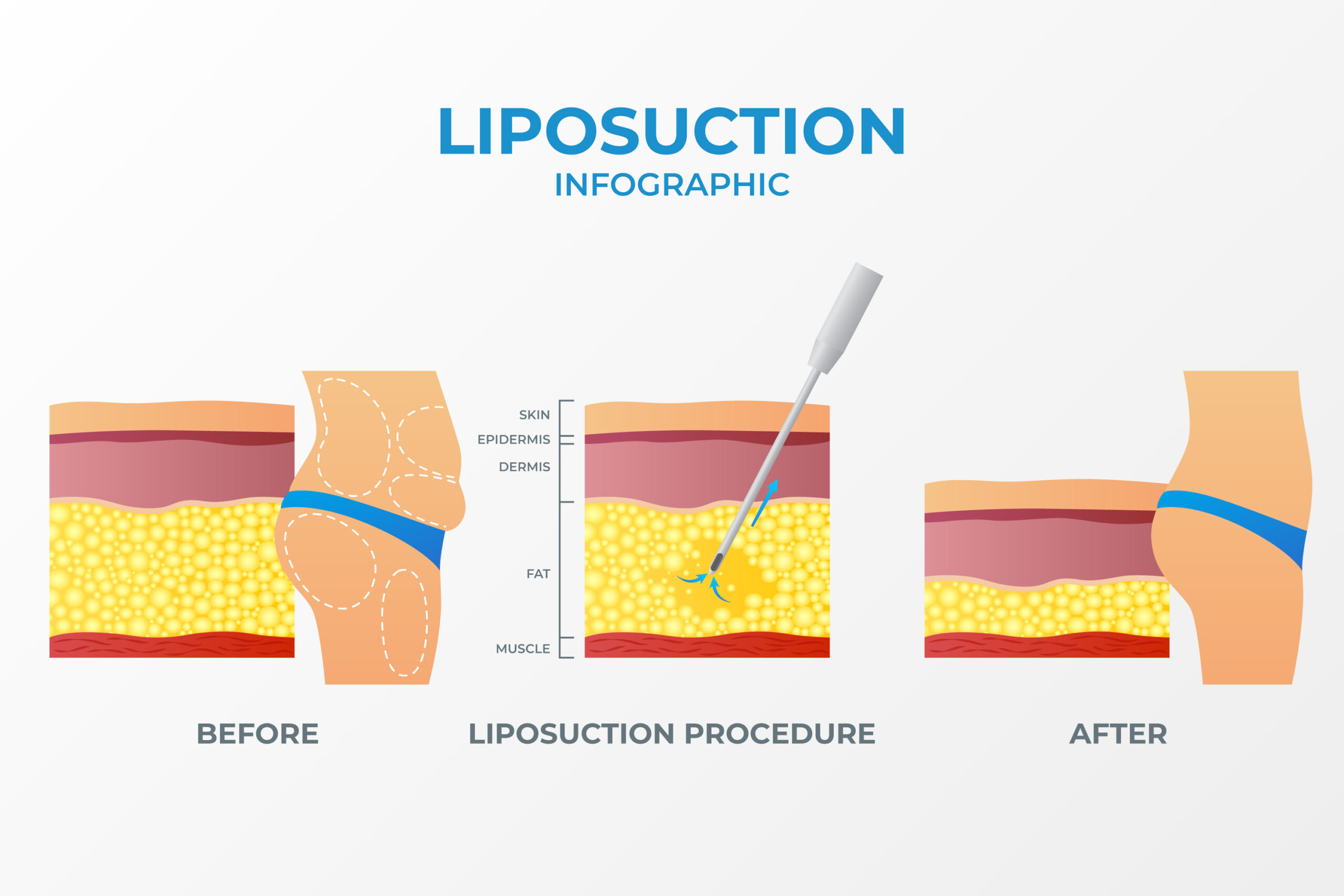
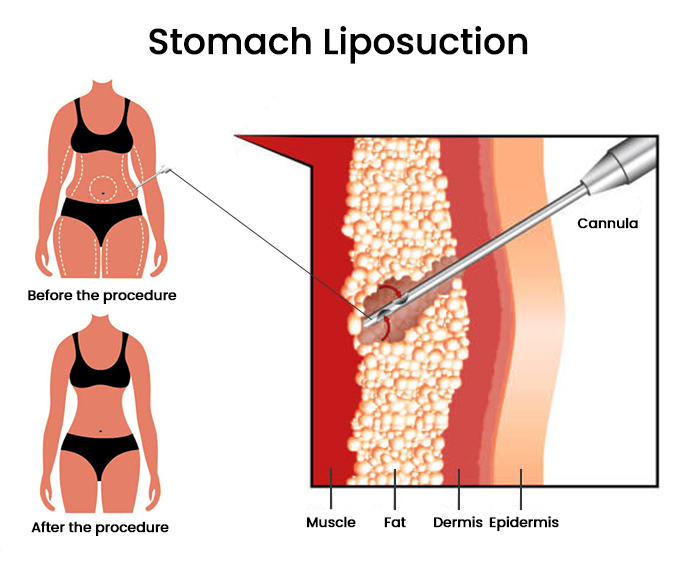
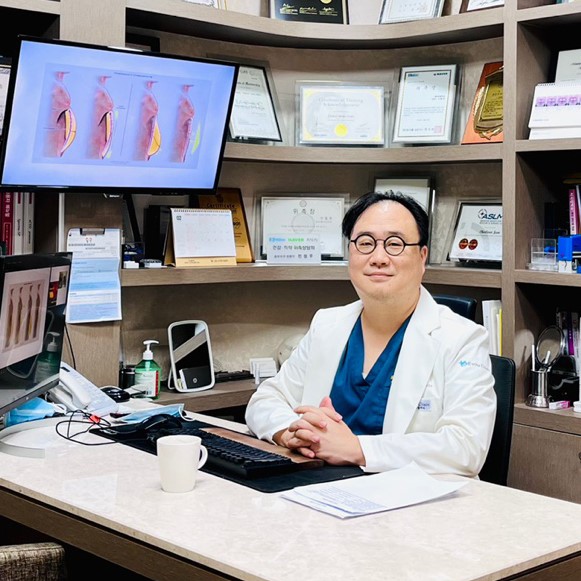
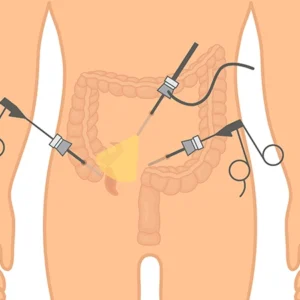

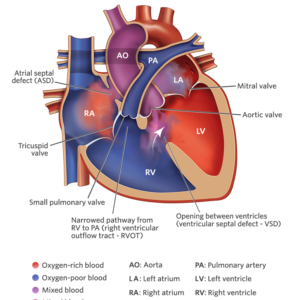

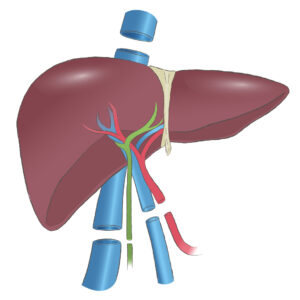
Reviews
There are no reviews yet.